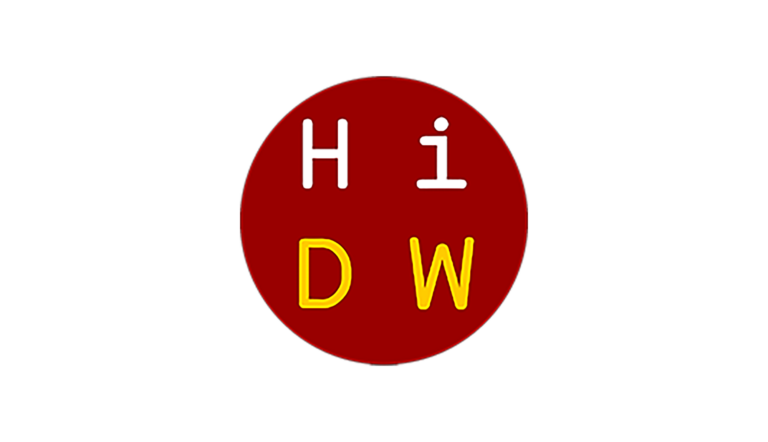Organizers: Jeremy Mikecz & Amy Braden
Friday, March 22, 2019
Huntington Library, Haaga Hall
1151 Oxford Road, San Marino, CA
9:00am to 5:30pm
Please RSVP by Wednesday, March 20.
See event flyer for more information.
In Uruguay, Argentina, and Brazil, Charrúa activists confront public and academic narratives that deny their existence.In Peru, Indigenous activists have long criticized the country’s simultaneous embrace of its Inka heritage and marginalization of its Indigenous people. In the United States, activists, artists, and writers continue to challenge feelings of invisibility with the common refrains, “We are still here” and “You are on Native / Indian land.”
Indigenous peoples throughout the Americas are confronting an imposed invisibility so pervasive it even has a name: the “Myth of the Vanishing Indian.” In fact, Roxanne Dunbar-Ortiz and Dina Gilio-Whitaker suggest that it is “the central organizing myth from which most other popular myths about Native people arise.” Since the beginning, however, Indigenous people have resisted rumors of their own demise through art, literature, litigation, political activism, and every other means imaginable.
This workshop is inspired by five centuries of this Indigenous resistance and resilience. Taking the metaphor of Indigenous visibility and invisibility literally, it will explore ways Indigenous people and Indigenous Studies scholars seek to visualize or re-visualize Indigenous pasts, presents, and futures. By assembling a unique combination of scholars and artists, cartographers and historians, educators and activists, this workshop asks:
- What place does visualization in all its forms – artwork, cartography, digital visualizations, film, monuments, etc. – serve in ongoing efforts to dismantle powerful and pervasive master narratives of Indigenous loss in the face of Western expansion?
- How can we use these visual media to present or reassert alternative visions of Indigenous pasts, presents, and futures? To account for a multiplicity of such narratives and visions?
- How can we apply these images and visualizations to stand in for or complement textual storytelling and argumentation?
- How can we visualize alternative forms of historical and geographical knowledge?
An all-day event, this workshop will include short presentations by innovators in Indigenous art, cartography, digital scholarship, and historical research from throughout North America. Several participants are also educators and political activists, using visual media to confront the invisibility of Indigenous people and issues in modern discourse. In-depth discussions of the presented work will follow each presentation. The workshop will also include a gallery of the participants’ artwork, maps, infographics, and other imagery. As a whole, this workshop proposes and demonstrates ways to render visible the invisible by representing alternative visions of Indigenous pasts, presents, and futures.
Speakers include:
Maylei Blackwell, University of California, Los Angeles
Lisa Brooks, Amherst College
Jeffrey Erbig, University of California, Santa Cruz
Votan Henriquez, Mayan/Naoa Artist
Desiree Renee Martinez, Cogstone Resource Management
Jeremy Mikecz, University of Southern California
Christian A. Pappan, Kaw, Osage, Lakota Artist
Margaret Pearce, University of Maine
Wendy Giddens Teeter, Fowler Museum
Craig Torres, Tongva Cultural Educator & Artist
Steven Wernke, Vanderbilt University
For more information, including paper abstracts and a full symposium description, please visit the event website.
